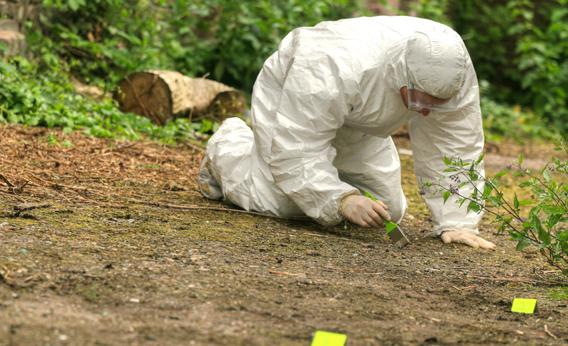Some years ago, when I was working as a newspaper science writer in California, I fell into a rather idle conversation with a physicist on the subject of science education. Idle for him, at least, because what he said—the way he defined the American system of teaching K-12 students about science—has stayed with me since.
What we really operate, he said, is not so much an education system as a filtration system. Our science classes are designed to filter out those meant for the “priesthood” (his word) of science from everyone else. By the time students are ready for college, those who will become scientists are primed for the next step. And those who are destined for the “lesser” (my word) professions are primed to fear, even dislike the subject.
This conversation has returned to me many times over the years. On the day my older son, who spent his childhood joyfully chasing insects and reading natural history books, came home from high school to announce that “biology is the most boring subject in the world.” The time the student adviser at the University of Wisconsin journalism school, where I teach, told me that undergrads don’t want to take science-writing classes because they already felt “beaten up by science.” Even on days when I read science literacy statistics and am startled by the percentage of people who think that antibiotics kill viruses as well as bacteria or that the sun revolves around the Earth.
It’s easy for me to join with the chorus of concern over whether we are keeping up as a science-literate country. But even so, science literacy is the wrong term for the worried point I’m making here. I’m concerned about science alienation. The way we teach K-12 science, with its emphasis on the intricacies of formula and mathematical structure necessary for the next generation of scientists and engineers, shuts too many people out. I don’t mean just shut out of the priesthood here; there’s no reason for everyone to become a scientist. But shut out of the comfort zone, of the ability to think of science as something useful in daily life.
And it’s the science-alienated who matter to me. Partly because as a science writer I find them the most interesting audience—I love the idea of seducing someone convinced that science is boring or meaningless into reading a research-centered story. Partly because I worry that what The New Yorker’s Michael Specter describes as a culture of science denialism is having a profound—possibly dangerous—effect on public policies. Think, for instance, of recent moves in Virginia, Texas, and North Carolina to deny that sea level rise is related to global climate change. And partly I just think that the filtered-out are cheated. They endure the mandatory classes, but they never really learn the main lesson—the way that science helps us understand ourselves and the world around us.
The great psychologist and philosopher William James wrote more than 100 years ago that the science establishment would face consequences if it dismissed the importance of the lay public. In the year 1909, he said, it was easy to find people who no longer paid attention to the teachings of researchers. “They are indifferent to science,” he explained, “because science is so callously indifferent to their experiences.” Today, this is very relevant to K-12 science education: Our system breeds that indifference.
How can we fix it? By requiring even more science education—but changing it dramatically. All high school students should have to take four years of science, instead of the minimal two usually required for graduation. Along with that, we should also offer separate “science tracks”—something like the old tracks for vocational or college-bound students. Those who want to specialize in science could take math, physics, and complex chemistry (and the kind of genetically detailed biology that my son disliked). Nonmajors, by contrast, would focus on what I think of as science of the everyday—things like kitchen chemistry, CSI-style crime investigation, the biology of health, and a class in the physics of sports that would include playing the games.
My tracking system could easily build on existing science electives. My son’s school, for instance, teaches a forensic science unit which uses the classroom as an ever changing “crime scene,” exploring everything from DNA analysis to blood typing. It’s a way of putting science in context. More students would take such classes; more would be exposed to these ideas as they did the coursework needed to complete each track. Ideally, the tracks could be coordinated with the science classes offered for majors and nonmajors at the college level. Of course, occasionally a student might want to switch tracks—and we should allow for that, too. It could go both ways: Would-be scientists might realize that the field isn’t really for them and switch to the nonmajor track, while some students might be inspired by the CSI class to move into the more difficult sciences.
We need to stop trying to teach every child as either a future scientist or a future failed scientist. We don’t want or need every student to be a scientist, but we do want each one to be a success. And success includes a solid understanding and appreciation of science, one that will remain useful to both themselves and society throughout their lives.
Also in Slate’s special issue on science education: Fred Kaplan explains why another “Sputnik moment” would be impossible; Philip Plait explains why he became the “Bad Astronomer”; Paul Plotz describes how almost blowing up his parents’ basement made him a scientist; Tom Kalil says that the Obama administration is using the Make movement to encourage science education; and Dana Goldstein explains why you should make your daughter play video games. Also, share your ideas for fixing science education in the Hive. This article arises from Future Tense, a joint partnership of Slate, the New America Foundation, and Arizona State University.
